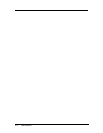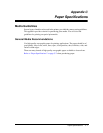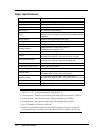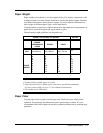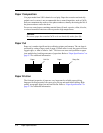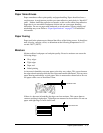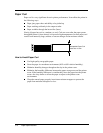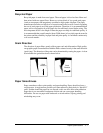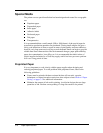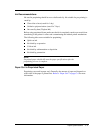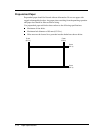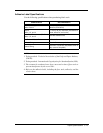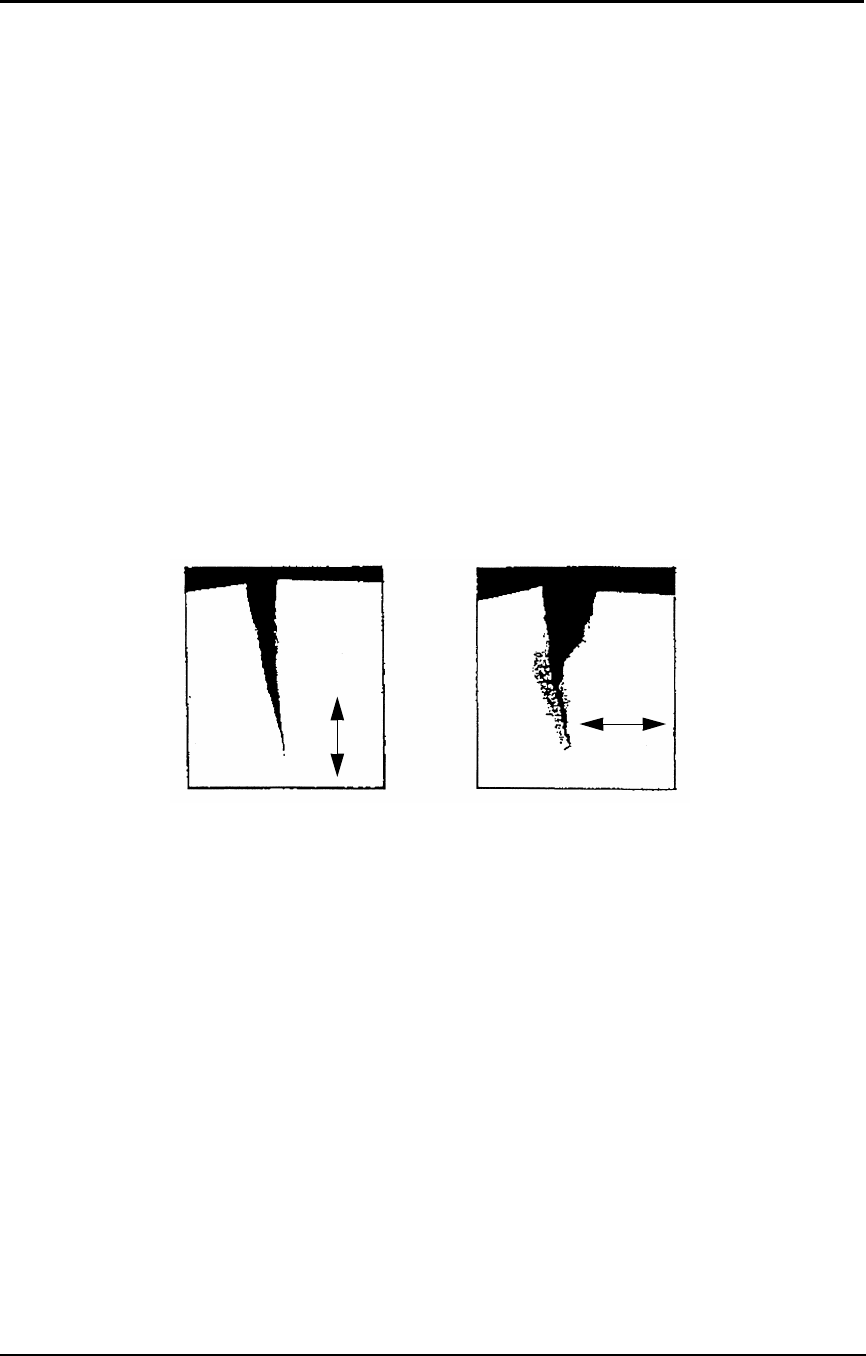
Paper Specifications C-7
Recycled Paper
Recycled paper is made from used paper. The used paper is dissolved into fibers and
then mixed with new paper fibers. However, various kinds of low-grade used paper
(such as newspapers and magazines) are added to high-grade old paper. The paper
manufacturer must have a high level of expertise and exercise strict controls regarding
the use of used paper in recycled paper production. Therefore, it is recommended that
paper sold as xerographic recycled paper also be sufficiently tested before using. The
most important factor is the length of time the paper can keep its stabilized quality. It
is recommended that a small sample (about 2,000 sheets) of recycled paper be tested in
the printer and the reliability in paper feed and print quality is confirmed continuously
over several months.
Grain Direction
The direction of paper fibers greatly affects paper curl and deformation. High quality
xerographic paper is manufactured with the fibers oriented evenly in the same direction
(grain long). The direction of the grain can be determined by tearing the paper. A clean
tear indicates the grain direction as shown below.
Paper Smoothness
Paper smoothness affects print quality and paper handling. Paper should not have a
rough texture. A rough texture provides poor toner adhesion, particularly in “black fill”
areas. Neither should the paper be too smooth, as this can also affect toner adhesion.
Paper that is too smooth has inadequate friction and can cause paper handling
difficulties. Do not use paper with embossed or raised surfaces. Spotty printing and
misfeeding may occur.
Grain
Direction
Grain
Direction




